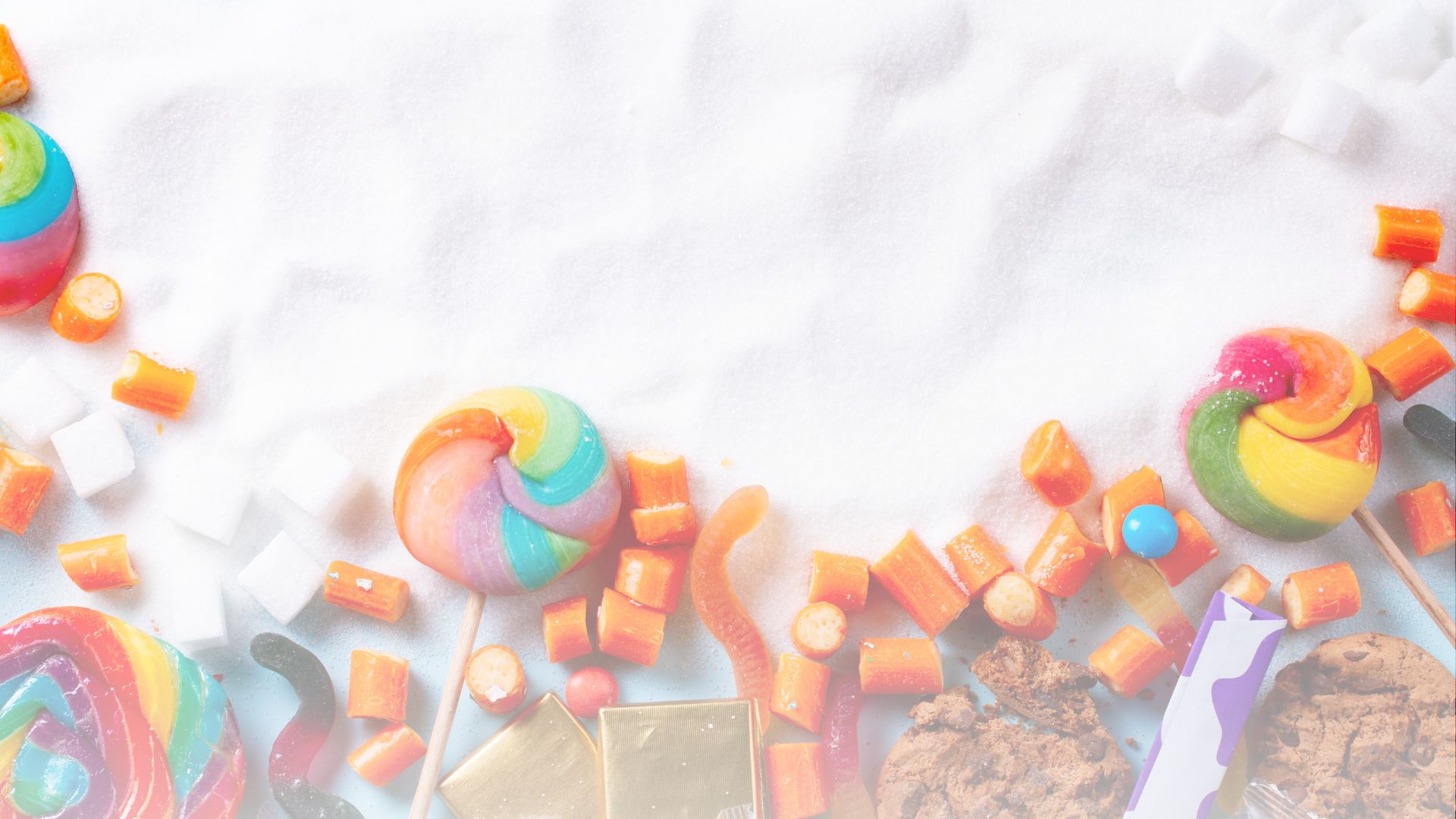
Sugar addiction can be disguised as cravings for sweets. Glucose is essential for overall physical health and body function as it is the primary energy source for every cell in the human body. It fuels our daily brain and metabolic processes, ensuring normal and healthy functioning. Although sugar, in the form of glucose, sucrose, fructose, and honey, is necessary for a healthy brain, moderation is key.
The U.S. Department of Agriculture reports that the average American consumes 156 pounds of sugar a year, or 34 teaspoons daily, exceeding the recommended daily serving size. Too much sugar can have adverse effects. Sugar addiction is a pressing issue, and families must be aware of it. Understanding how our body turns glucose into fuel and why sugar is necessary can help us manage it in our diets and lead healthier and longer lives.
The Connection of Sugar and the Brain
Sugar is essential for a healthy lifestyle when consumed in moderation, including glucose. Our bodies use sugar as fuel, especially for the brain. The brain is rich in neurons and nerve cells and requires a lot of energy from glucose. If there’s a lack of glucose, neurotransmitters in the brain can’t function properly, causing a breakdown in communication between cells and impacting cognitive function. This can also lead to hypoglycemia and lower brain-derived neurotrophic factors (BDNF) levels.
BDNF helps with the connections between nerve cells; without enough, growth, development, and communication between these cells are affected. This can result in a decline in various neurological functions and has been linked to degenerative disorders like Alzheimer’s and dementia. Therefore, it’s important to have sugar in moderation to support healthy brain function. (United Brain Association)
What are Free Sugars?
The World Health Organization has advised individuals to limit their “free sugars” consumption to less than 10% of their daily caloric intake. Such an action can reduce the likelihood of obesity, overweight, and tooth decay. “Free sugars” are naturally present in honey and fruit juice and added sugars in food and drinks, including but not limited to glucose, corn syrup, brown sugar, dextrose, maltose, and sucrose. The primary sources of added sugars are beverages such as energy drinks, alcoholic beverages, soda, fruit drinks, and sweetened coffee and teas, as well as snacks such as bread, salad dressing, granola bars, and fat-free yogurt. A survey found that over 95% of granola bars, cereals, and sugar-sweetened beverages contain high-calorie sweeteners, typically corn syrup, sorghum, and cane sugar. (Schaefer)
Quitting Sugar: Overcoming Withdrawal Symptoms
When you quit consuming sugar, you may experience withdrawal symptoms such as headaches, decreased energy, difficulty concentrating, and mood changes. However, these side effects are temporary and can be managed.
Studies have shown that these withdrawal symptoms are linked to sugar intake’s effects on brain chemistry. Consuming sugar stimulates the release of endorphins, which boost mood and reduce pain, and dopamine, which is associated with pleasure, satisfaction, and reward. Over time, this can lead to a dependence on sugary foods and drinks.
While quitting sugar may cause some discomfort, the benefits of reducing sugar consumption are numerous and include improved overall health and well-being. By managing the withdrawal symptoms and seeking support from friends, family, or a health professional, you can successfully quit sugar and experience a healthier lifestyle. (Smith)
Managing the Withdrawal Symptoms
Set Achievable Goals: Gradually reducing the amount of sugar in your diet can make the transition easier. Make small food swaps, such as opting for protein-rich, fat-rich, and wholegrain-rich foods over sugary snacks and plain or sparkling water over sugary drinks.
Ensure Enough Dietary Fiber: Eating enough dietary fiber can regulate blood sugar levels, reducing cravings. Fill your diet with fiber-rich sources like vegetables, whole grains, beans, nuts, and seeds. A balanced meal with a good mix of protein, healthy fats, and complex carbohydrates can keep you full and reduce cravings.
Exercise Regularly: Exercise releases endorphins, boosting your mood and well-being, making it an effective way to manage sugar withdrawal symptoms.
Improve Sleep Hygiene: Good sleep is crucial in reducing cravings for sugary foods. Improve your sleep by creating a relaxing bedtime routine, avoiding screens before bed, and ensuring a comfortable sleep environment. (Smith)
In conclusion, sugar addiction is a natural phenomenon that affects a significant portion of the population. While reducing sugar intake can be a challenge, it is essential to prioritize one’s well-being and make healthier choices. By developing healthy eating habits, reducing exposure to triggers, and seeking support when necessary, individuals can break the cycle of sugar addiction and lead happier, healthier life. Healthcare providers must educate their patients on the dangers of sugar addiction and offer guidance and support to those struggling.
Works Cited
Schaefer, Anna. “Is Sugar an Addictive Drug?” Healthline, Healthline Media, 30 Apr. 2020,
www.healthline.com/health/food-nutrition/experts-is-sugar-addictive-drug.
United Brain Association. “How Sugar Affects the Brain.” United Brain Association, 30 June 2022,
unitedbrainassociation.org/2020/06/28/how-sugar-affects-the-brain/.
Smith, Lydia. “What Are the Symptoms of Sugar Withdrawal?” Patient.info, 24 Nov. 2022,
patient.info/news-and-features/why-do-we-get-sugar-withdrawal-symptoms.
















